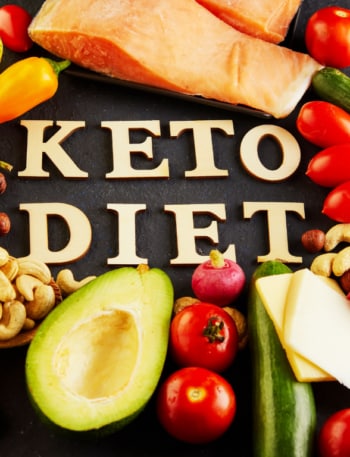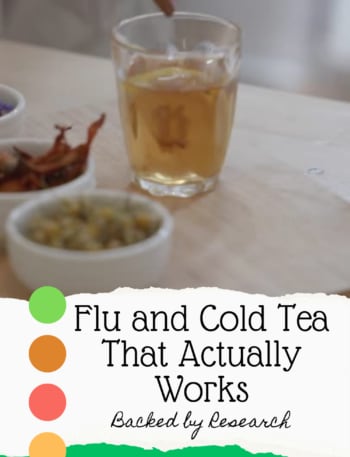
Organic products taste better, are healthier, don’t contain harmful chemicals, and are better for the environment and wildlife. In organic gardening or farming, chemicals are not contaminating any groundwater, topsoil is being replenished rather than depleted, biological diversity is increased, and the natural equilibrium between predators and pests is encouraged.
Organic gardening is becoming more popular than ever, yet there is still uncertainty about how to get started. How can you give plants the nutrients they require to survive? Regarding insects and plant diseases, what can you do? Are some plants too hard for our climate to support organic growth? You might be surprised by some of these questions’ responses.
What is Organic Gardening?
Generally speaking, there are two main ways that organic gardening varies from standard gardening: the use of artificial or processed fertilizers and agricultural chemicals.
Organic gardening restricts the use of any artificial agricultural chemicals, including pesticides used to manage insects, illnesses, and weeds. Organic gardeners have differing views on which organically derived pesticides are permitted, as well as when and how they might be used.
Most organic gardeners view soil as a living system and reject synthetic chemical fertilizers as damaging to both the land and the environment. Organic gardeners place a premium on increasing soil organic matter before turning to natural sources for additional nutrients. Many people cultivate organically because they are concerned about pesticide residues on food.
Organic gardeners are frequently willing to endure some harm that regular agriculture considers to be a reduction in product quality. They often believe that the environmental benefits of organic vegetable cultivation outweigh the occasional insect or disease injury, as well as lower color and shelf stability.
Discard the Chemicals
To guarantee their safe disposal, bring any remaining garden chemicals to your local transfer station. Eliminating them from your property also reduces the possibility that you will use them during a “weak” time.
Choosing the Right Location
Make sure the location is good for growing vegetables. Most vegetables require at least 8 hours per day with direct sunlight. Even the most skilled gardener’s efforts will be thwarted by excessive shade. For optimal growth, our plants require maximal photosynthesis.
A little bit of shadow can be beneficial for some vegetables, such as lettuce, greens, and certain herbs. However, time-tested favorites such as tomatoes, squash, carrots, basil, and strawberries demand direct sunlight.
Observe how the sun sweeps across your yard or balcony. It is usually recommended to face south.
Soil Testing
Testing your soil is the greatest approach to determine its quality. A home testing kit is available, but it’s best to submit a sample to the agricultural extension office in your area. You can obtain a detailed analysis of pH and nutrient levels, along with treatment suggestions, for a nominal charge. Don’t forget to inform them that you’re switching to an organic approach. Testing is usually best done in the fall, and any organic nutrients should be applied before winter.
A soil test will teach you about your soil’s basic texture and pH level, or acidity. You’ll be able to find out which nutrients your soil lacks and how much of each nutrient is already present. When pushed to develop in inadequate soil, plants often experience stress, which weakens and increases their susceptibility to disease and pest attacks.
Compost
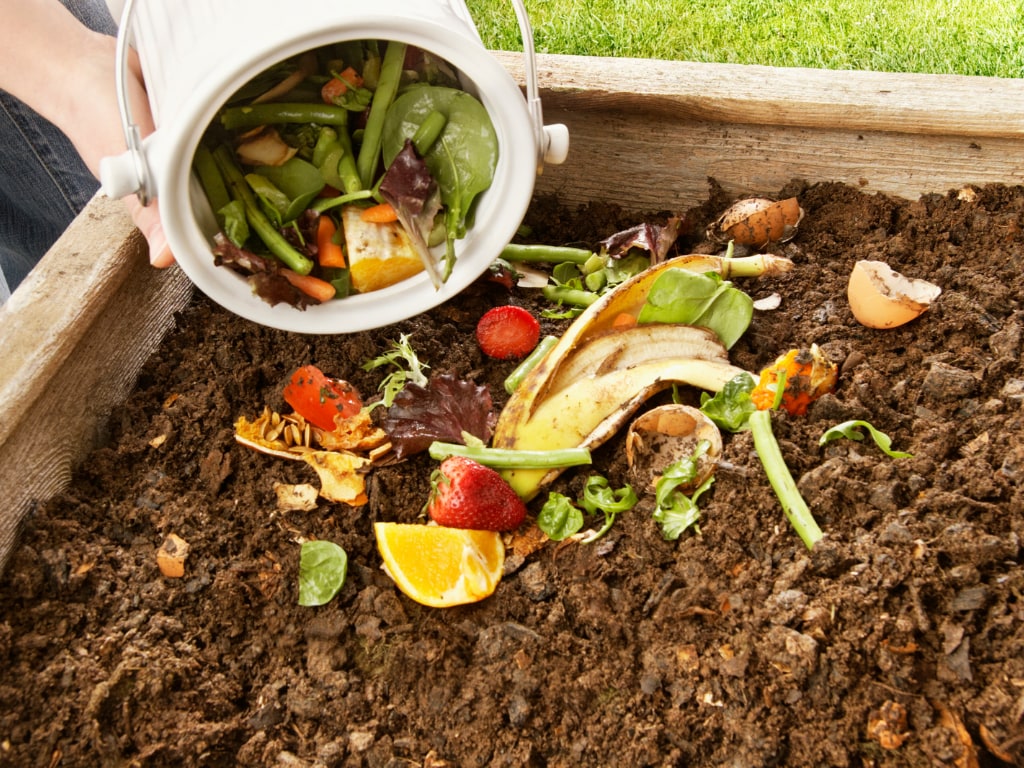
Create a compost pile in the corner of your yard right now if you don’t already have one. The best slow-release plant food and soil conditioner you can use is compost, which is also free to make!
Packed with micronutrients, it promotes the development of healthy soil organisms, increases soil fertility, and strengthens the structure of any soil type.
The optimal compost is created by combining organic waste that is high in carbon and nitrogen with soil, water, and air in the proper amounts. Even though it sounds like complex chemistry, you shouldn’t worry too much if you can’t finish the compost in time. A little care put into the pile will still produce respectable results.
Getting Plenty of Humus
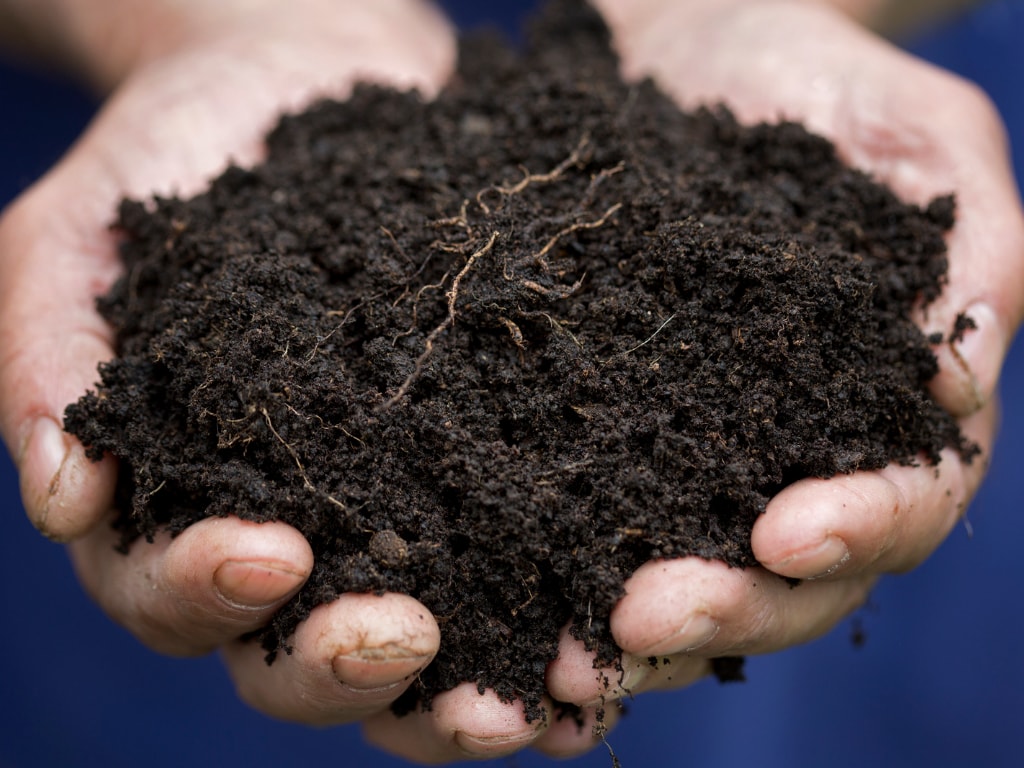
Humus is the organic matter that forms in the soil when plant and animal matter decomposes. It provides the components required for plant growth, including nitrogen, phosphorus, sulfur, calcium, magnesium, and potassium. Make sure your soil has a enough amount of it.
Using Mulch
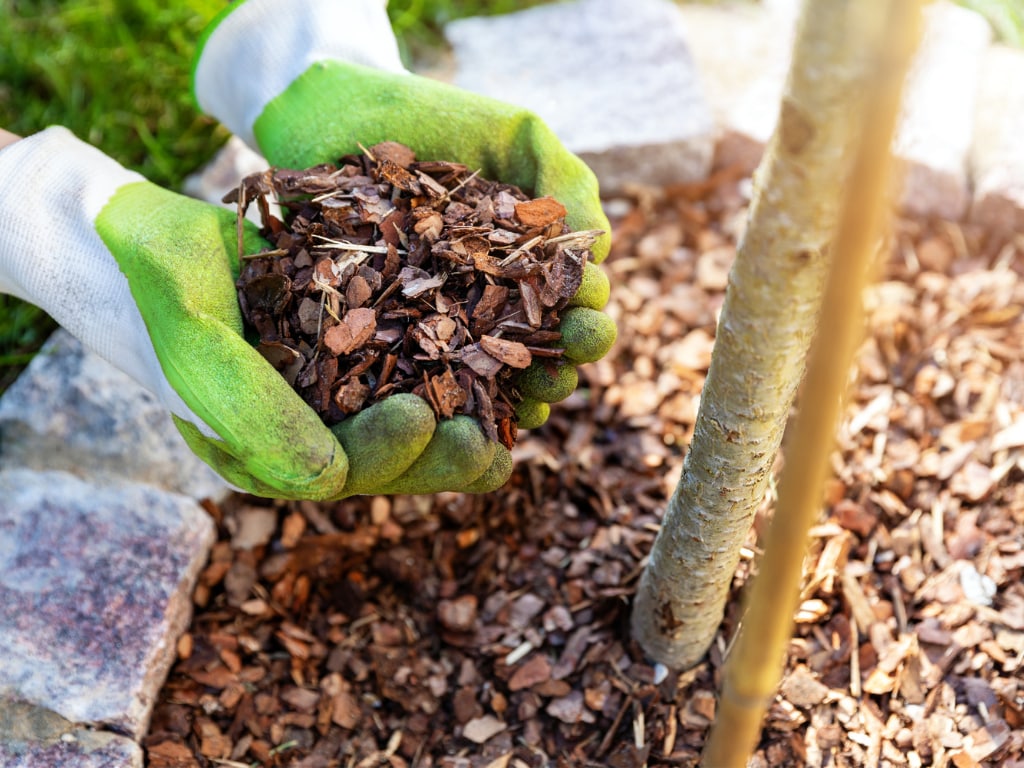
Mulches are organic materials that break down over time to improve soil quality, prevent weed growth, and require less watering. In a garden bed, compost, straw, and fallen leaves make excellent mulches for the area surrounding your plants.
Wood chips and sheet-mulched cardboard or newspaper (usually coated in another mulch) are the ideal mulches for paths. By using these mulches, you can enhance the soil in your garden and attract earthworms and soil microorganisms, which will help avoid many weeds.
Starting Small
Nothing is more detrimental than feeling overburdened by an excessively large assignment. I have firsthand knowledge that trying to bite off more than you can chew can eventually lead to a weed-filled, overgrown, and anxious garden.
Note that growing food is meant to be enjoyable and unwinding! To gain experience and manage the crops you are concentrating on, it is advisable to begin gardening in a small area. Plant densely and keep the garden well-maintained with frequent harvests, weeding, and watering, and even a little area of 50 to 100 square feet can give abundantly.
For instance, you could plant two tomatoes, appropriately stake and prune them, and probably receive the same quantity of produce from those two plants as you would from ten tomatoes that you would otherwise let get all twisted and roughed up. Furthermore, a small garden that is well-maintained tends to produce higher-quality veggies than an overgrown, unmanageable plot.
To maximize yields and reduce labor, focus your efforts on a limited area.
Choosing the Right Plants and Seeds
Choosing plants that will flourish in your unique microclimate is particularly beneficial. Consult the USDA Hardiness Zones as a general reference. Select plants that will thrive in each location’s unique light, moisture, drainage, and soil conditions. These factors are gradated in most gardens. Your plants will be more resilient to intruders if they are happier.
Look for resistant types when purchasing plants and seeds. You should stay away from seeds that have undergone chemical treatment. Whenever possible, start your own transplants or buy organically grown ones. The majority of plants that are produced commercially are raised in a chemical bath.
Sunflowers, annual poppies, coriander, dill, annual phlox, larkspur, annual lupine, morning gloryries, sweet peas, squash, and cucumbers are just a few of the many plants that are best grown from seed.
Watering
Watering plants is usually best done in the morning. Why? Because mornings are usually cooler and have less winds, less water evaporates. When plants are watered in the evening, they retain moisture throughout the night, increasing the risk of bacterial and fungal infections.
Watering the roots is preferable to watering the foliage, which is more prone to injury. You can use a drip or soak system, or you can hand-water plants sparingly at their bases.
For established plants, the majority of experts advise significant yet sparing watering—roughly one inch of water each week (including rain). Stronger plants are encouraged by one or two weekly sprays that stimulate deeper rooting.
Rotation
If you are an experienced gardener, take caution while deciding where to put your plants. Avoid using the same garden bed for the same plants every year. By switching up your planting locations, you can stop your soil from losing the same nutrients every season, ward against illness, and end the cycle of pest infestation.
Consider rotating root crops, nightshades, cucurbits, and brassicas to a new bed every four years.
Protecting Plants Without Using Pesticides
Making sure plants are receiving enough light, nutrients, and moisture is the first thing you should do if pests are attacking your garden. This could be an indication of other issues. Additionally, keep in mind that a diversified garden deters pests by reducing the quantity of a certain plant variety that is available to adversaries.
Using Physical Barriers
When your plants are tiny, barriers like cutworm collars and row coverings are an excellent way to prevent insects from attacking them.
Row Covers
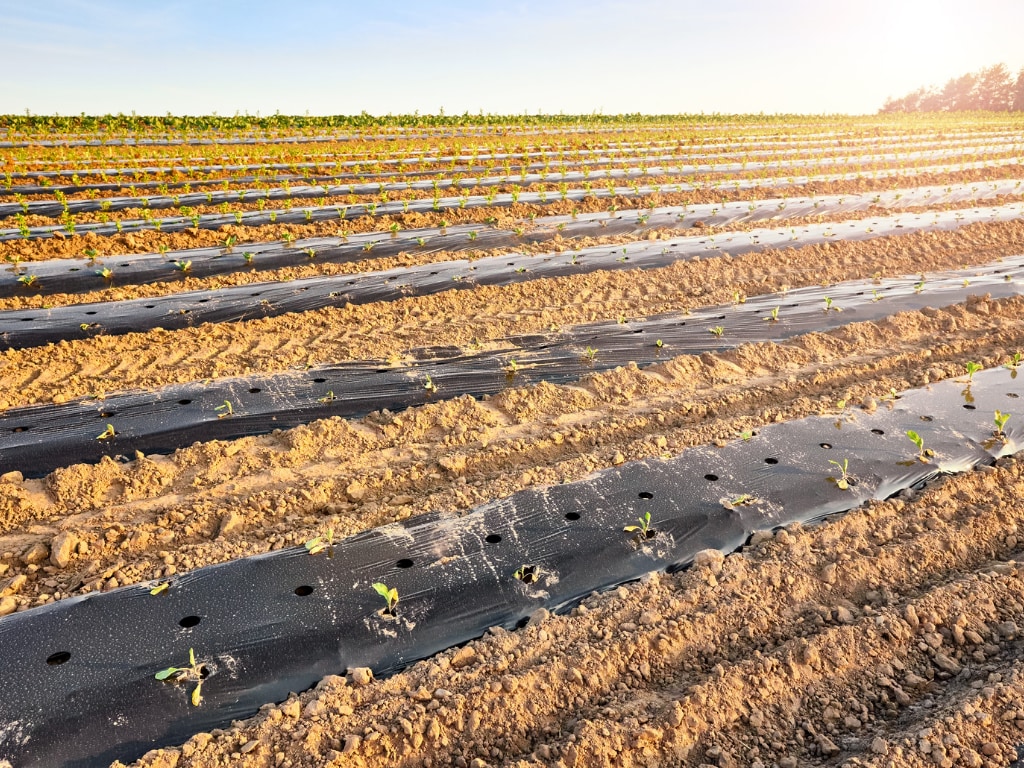
Row cover is basically a thin fabric that allows sunlight and water through but keeps pests out. It also keeps your plants warmer in the early or late season as a form of frost protection.
You can also use wire hoops to make a low tunnel over taller plants (like cauliflower, broccoli, or beans).
Row cover is a super valuable resource for beginners to keep your garden protected and cut down on initial pest attacks. Just be sure it doesn’t get too hot under there.
Natural Predators
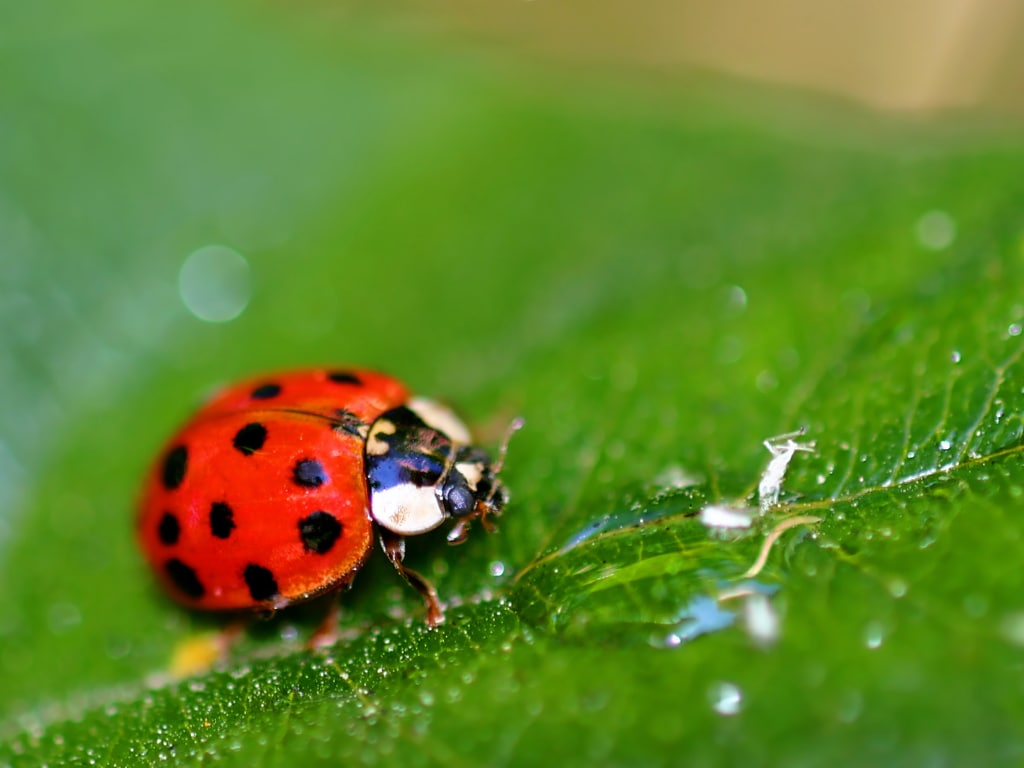
Having frogs, toads, lizards, birds, and even bats as natural predators in your garden is a fantastic idea. Particularly ladybugs, beneficial insects can become your best pals. Indeed, several nurseries sell cans of them, even though the likelihood that they won’t survive is considerable. A little water source left out will draw in benevolent predators.
Insect Traps
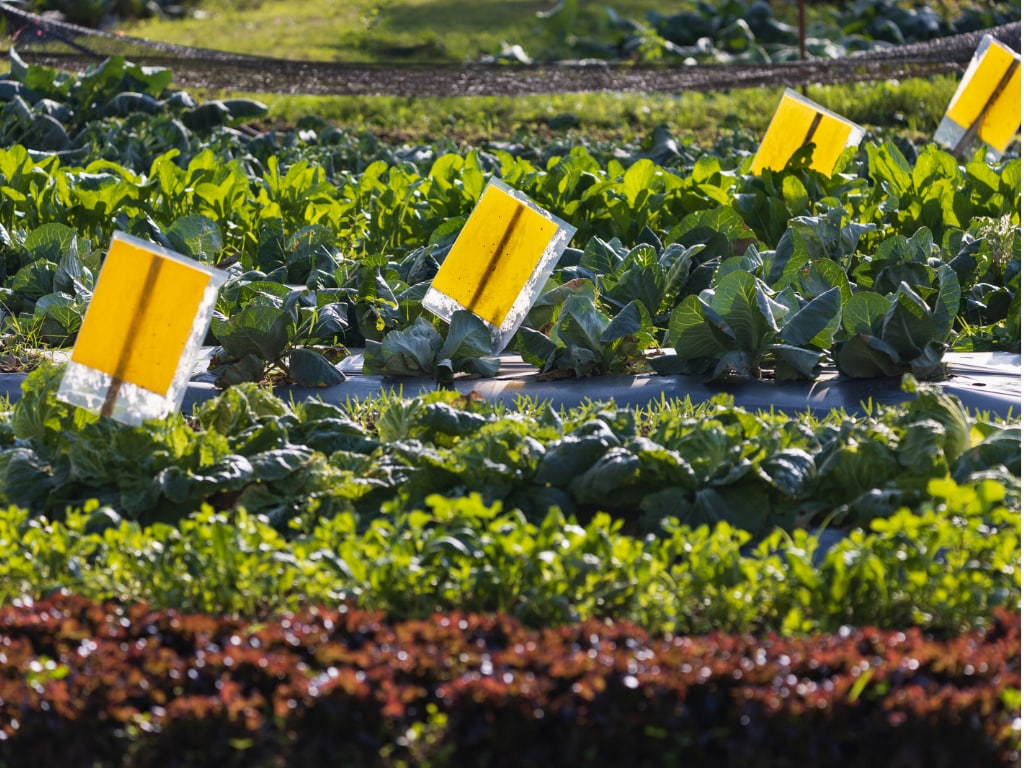
Blue and yellow insect sticky traps are an excellent way to organically control leafhoppers, thrips, aphids, and whiteflies in the garden.
Removing Bugs
Pick up bugs and other creepy-crawlies by hand and dispose of them. If you are uncomfortable handling them, consider dropping them into a bucket of warm, soapy water.
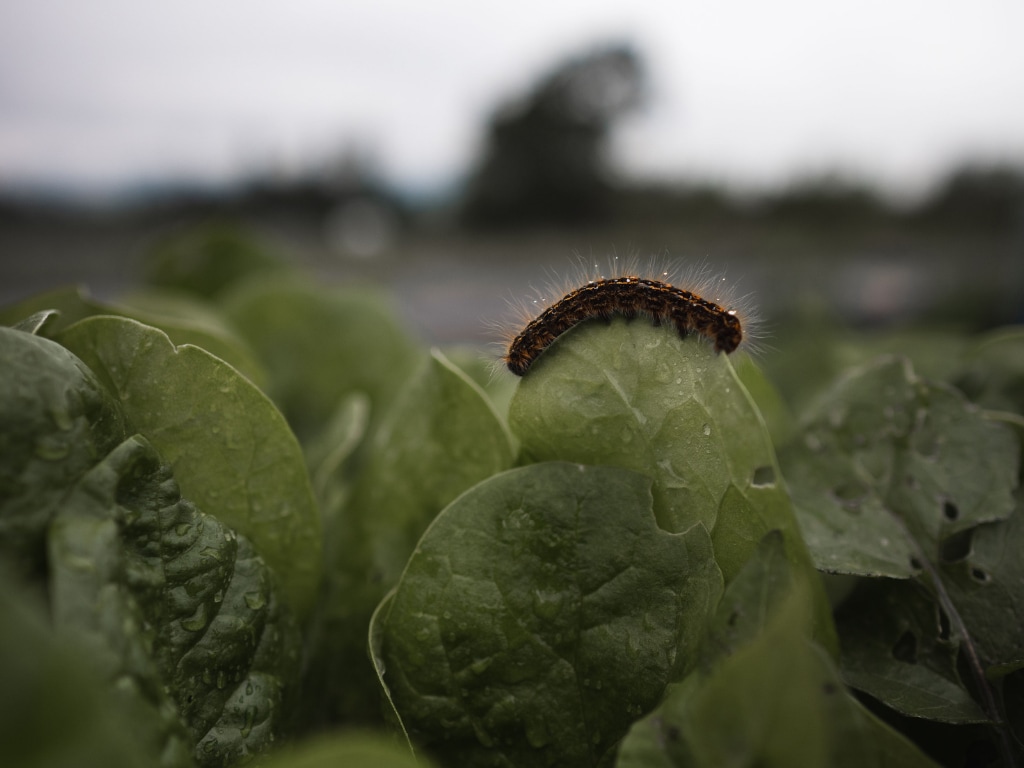
The larval stage of moths and butterflies, known as caterpillars, consume plant tissue. Typically, they consume buds, young stems, and foliage. Depending on the species, they differ in size and colour, and because most of them are adept at hiding from scavenging predators, it can be difficult to locate them.
However, you will undoubtedly notice the damage because they have voracious appetites and may swiftly consume big portions of a plant. The presence of caterpillar droppings on lower leaves is another obvious indicator of an attack. All plants are vulnerable to these bugs.
When damage appears, use an organic pesticide. You may also increase the number of beneficial insects that feed on caterpillars. Caterpillars like to hide under leaves, so remove them by hand.
Using Organic Pesticides
Organic pesticides are often made with little processing and natural ingredients. These natural sources are typically minerals like boric acid, cryolite, or diatomaceous earth, or plants like neem, pyrethrum (pyrethins), rotenone, or ryania (botanical insecticides). Additionally, microbiological pesticides exist.
Applying organic pesticides correctly is just as crucial as using the right kind. Because organic pesticides are safer for humans, people frequently make the error of assuming that they are also safe for beneficial insects and pollinators. That isn’t always the case; in fact, it isn’t the case most of the time.
Sanitation
Don’t work in your garden when the plants are moist to prevent the spread of illness. Eliminate diseased plants as soon as possible, and clean up spent plants.
Debris removal is also a MUST at the end of the season. They could be home to diseases and pests that hibernate and come back to haunt you the following year.
In the event that you discover sick plants at the end of the season or throughout the growing season, be careful to remove the complete organism. Remember to rake below, as infected leaves can harbor issues for a very long period. Place all contaminated material on the bonfire, deep in the woods, or in the ground at least one foot down.
In fact, most plants, whether healthy or dead, can be left lying around during the winter. You’ll give birds and other creatures some sustenance and a home, and plant cover will keep your soil from eroding.
Rather than pulling out annuals, it is preferable to trim them off. In this manner, you’ll preserve the soil and lessen the chance that weeds may take root.
Removing Weeds
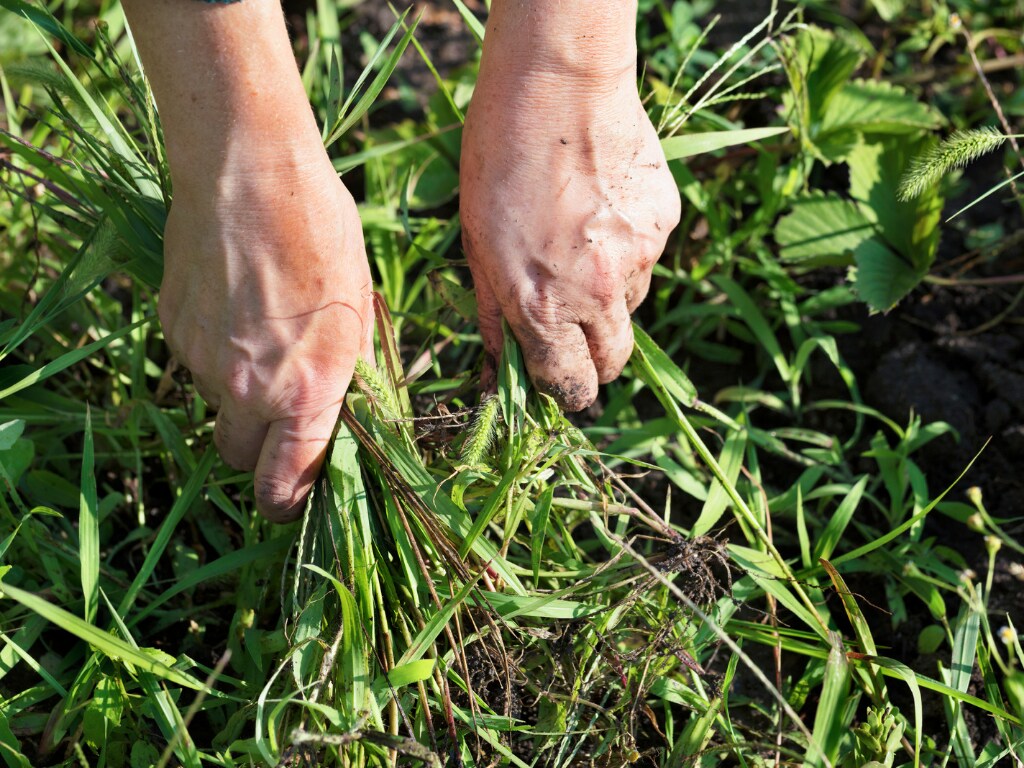
Wherever you live, weeds will still grow. Although pulling them by hand can be labor-intensive, it can also be an excellent form of exercise and get you outside into the fresh air.
Mulch helps shield the soil and cuts down on the amount of weeds you have to deal with. Burlap and organic mulch can be useful in a pinch. Straw is inexpensive yet short-lived. Although they can be costly, wood chips are wonderful. Many choose to use lawn clippings, but be aware that due to their high nitrogen content, clippings should only be applied to plants that require a lot of the fertilizer, such lettuce and squash.
Harvesting the Fruits
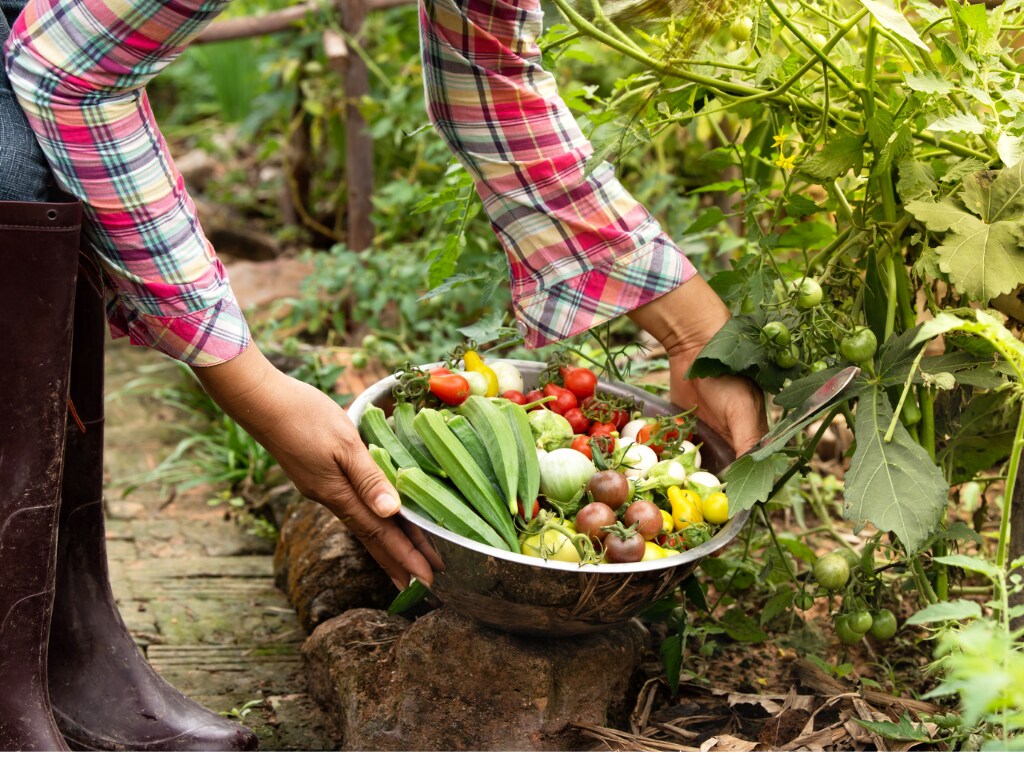
Remember to reap the rewards of your labor! In general, your plants will yield more for you the more you harvest. It’s probably preferable to inspect your garden daily throughout the busiest time of year for harvesting.
If you have herbs, you may use them just before you need them. However, as they will have the most flavor right before they flower, it is preferable to wait until right before to dry and store them.
If your harvest is overly abundant, keep in mind that you can can, freeze, or store some produce in a root cellar.
Final Thoughts
Growing organic food is like a cycle. Plants nourish the gardener, the gardener feeds the soil, and the soil feeds the plants.
Contrary to popular belief, organic gardening is quite simple. You can quickly plant an edible crop if you only follow these steps:
Discard any remaining chemicals.
- Test your soil.
- Make sure your soil has a enough amount of humus.
- Use mulches to avoid getting weeds and ensure that your plants are getting enough moist.
- Choose organic seeds and plants that will flourish in your unique microclimate.
- Avoid using the same garden bed for the same plants every year.
- Protect your plants without using chemical.
- Apply organic pesticides carefully.
- Start small, even with one or two plants. If everything isn’t perfect right away, don’t stress.
- Eliminate sick plants and clean your garden from debris at the end of each season.
- Remove weeds regularly.
- Harvest the fruits as soon as they’re ready.
Organic gardening, like any new skill, requires research, practice, and several attempts. Don’t quit up if you lose a few plants. Even people who have been farming for their entire life make mistakes with particular crops. Don’t worry; there will always be more seeds and more to learn!
Further Reading
McKenzie, P. (2020). Our Organic Garden. USA: Britannica Digital Learning.
Organic Gardening for Everyone: Homegrown Vegetables Made Easy (No Experience Required). (2019). USA: Cool Springs Press.
Highland, M. (2017). Practical Organic Gardening: The No-Nonsense Guide to Growing Naturally. USA: Cool Springs Press.
Sign Up for Our Email List
Get our latest articles, healthy recipes, tips, and exclusive deals delivered straight to your inbox with our newsletter.
We won't send you spam. Unsubscribe at any time.



